How do people shop for jeans and denimwear?

Context
ImpactSense was hired to assist our client in gaining actionable insights on the wants, needs, and preferences of their target and current audience. Our client wanted to understand how different generations approach buying jeans and denimwear, and what are they looking for. They also wanted to explore specific topics in more detail and how they impact consumer behavior.
We opted for a mixed-methods approach which included conducting a survey in 3 markets, semi-structured interviews with an observational component, and a diary study. By combining different research methods we collected a diverse and robust dataset that gave us unique insights into the topic and allowed us to make thought-provoking, data-informed recommendations to our customer.
Research goals
- Conduct a thorough examination of the needs, preferences, and concerns when shopping for jeans and denimwear;
- Engage in in-depth discussions with consumers on specific topics;
- Get a better understanding of the purchase journey and shopping task;
- Identify the factors that drive and/or hinder purchasing decisions;
- Analyze the collected data, highlight important factors and suggest improvements.
Team
Ralica Parusheva – Research Consultant – study design, implementation, analysis, and reporting, client communication
Veronica Naguib – Managing Director – project lead, review and approval of study deliverables, client communication
Majo Robles – Research Associate – participants sourcing and management
My contribution
- Survey design – fully responsible for breaking down the study objectives into a series of questions. Refer to this Miro board for more details on the survey design;
- Survey programming & launch – coordinated the translation of the survey for 2 of the markets, programmed all 3 market variations, and subsequently launched it with our panel of choice;
- Quantitative data analysis – analysis of the quant data for all 3 markets in Excel with a focus on uncovering both general trends and variations between the markets.
- Discussion guide – design of the interview script which explored specific topics in detail and also had an observational task component;
- Semi-structured interviews – conducting 10 x 1-hour long remote interview sessions with jeans shoppers in one of the markets;
- Diary study design – defining task objectives, their order, type, structure, and desired outcomes;
- Diary study launch – creation, write-up, and formatting of the tasks in Indeemo, follow-up with participants, and participant management;
- Task analysis – based on the qualitative sessions, breakdown of the shopping task into objectives, steps, workarounds, and constraints;
- Thematic analysis – perform a comprehensive analysis of interview and diary study data in Dovetail, with a focus on identifying key themes and gaining valuable insights;
- Research insights reports – consolidate the research findings in 3 separate reports – one covering quant findings, another focusing on qualitative insights, and a third version combining both.
Process
This project was focused entirely on generative research with some evaluative elements (e.g. a shopping task on our client’s website). It was delivered over the course of 4 months.
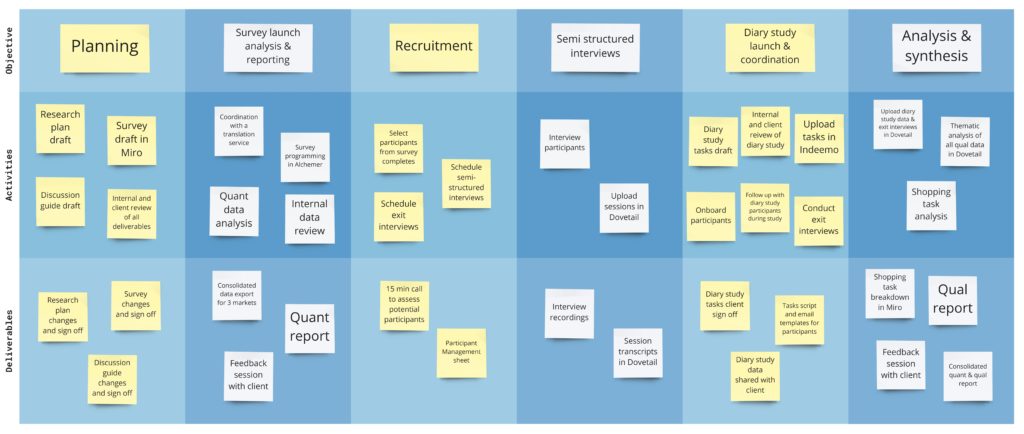
Deliverables
Survey design & logic
One of the main study milestones involved taking the client’s chosen topics and breaking them down into a series of questions. My survey design explored all areas of interest to a different degree. Some topics had higher priority and I included deep dive sections for 3 of them in the discussion guide.
The Miro board maps the survey questions, including clarification on the question type and which questions had topic-specific answer options (color-coded sticky notes). The response choices, topic details, and topic-specific follow-up questions are not included to protect confidentiality.
Diary study
The diary study aimed to understand the habits, preferences, and needs of consumers when shopping for jeans and denimwear. We asked 5 participants to complete a series of tasks over the course of 10 days. The tasks were related to searching for, selecting, and purchasing jeans. Purchase was not mandatory for study completion, as we wanted to explore their actual behavior when deciding whether to buy a particular item.
We also included questions like:
“Why are you looking to buy jeans and/or denimwear?”;
“What price range are you considering per item?”;
“What are your favorite stores for jeans and denimwear?”;
“When shopping for jeans and denimwear, what else, if anything, are you looking to buy?”
…and more to gain a deeper understanding of motivations, go-to places, purchase considerations, and potential auxiliary purchases. Participants were also asked to document every step of the process and provide context when uploading them to the tool we chose to conduct this research – Indeemo.
I was responsible for designing the tasks and questions, following up with participants, helping them navigate the study, assisting with support concerns, collecting the data, transferring it from Indeemo to Dovetail, coding the transcripts, and identifying patterns and themes.
Over the course of the diary study, we gathered a total of 160 entries in various formats – video, audio, and text. Those covered both online and in-person shopping experiences and interactions and gave us a rich insight into the shopping process.
I was very pleased with the fact that we didn’t have to change or recruit additional participants due to high engagement and 100% task completion, especially given the difficult target profile.
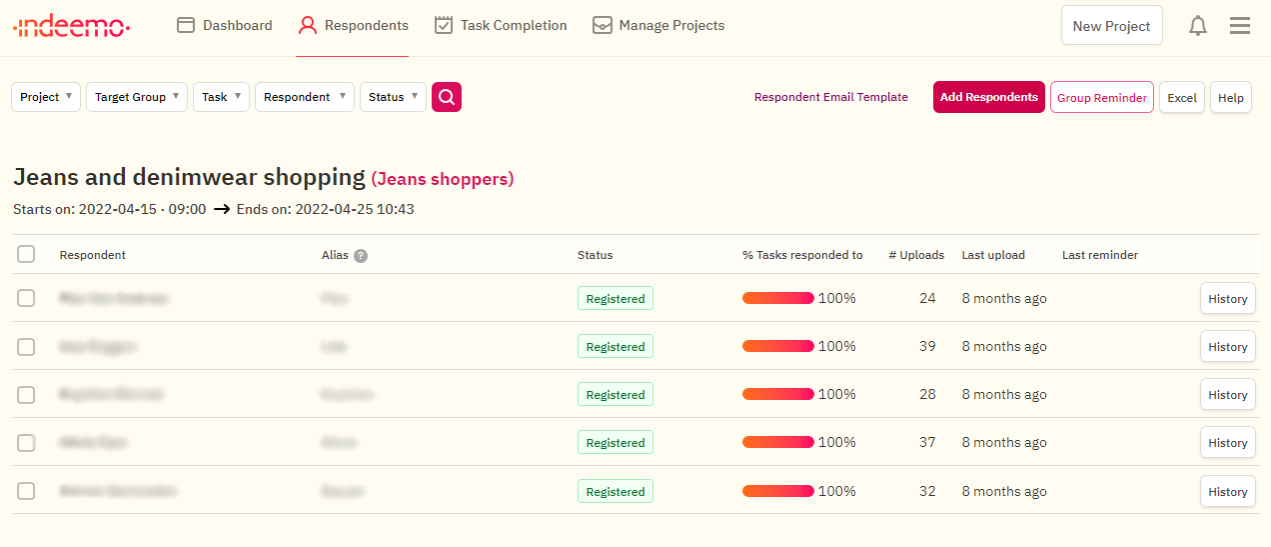
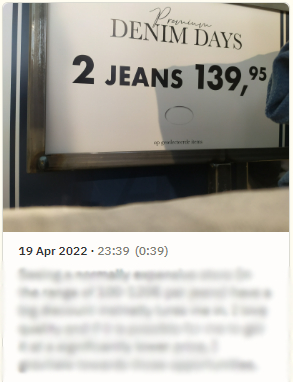
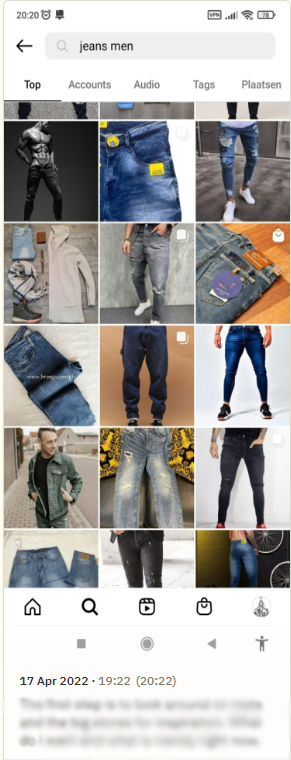
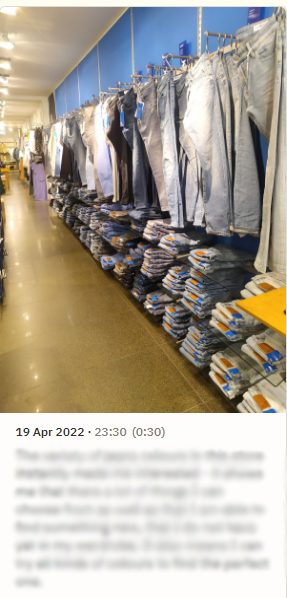
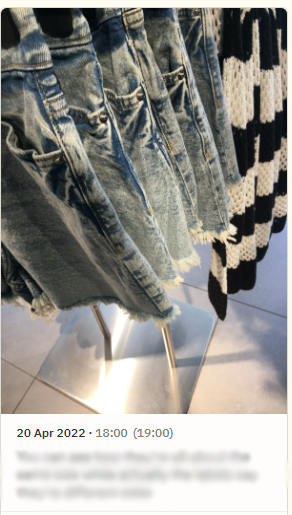
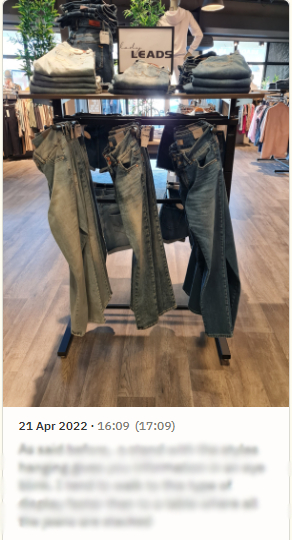
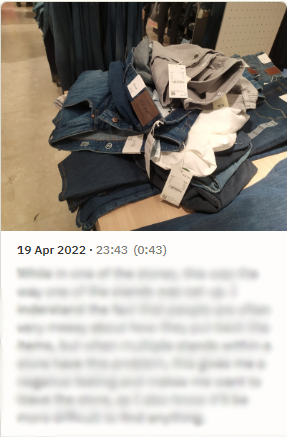
Thematic analysis
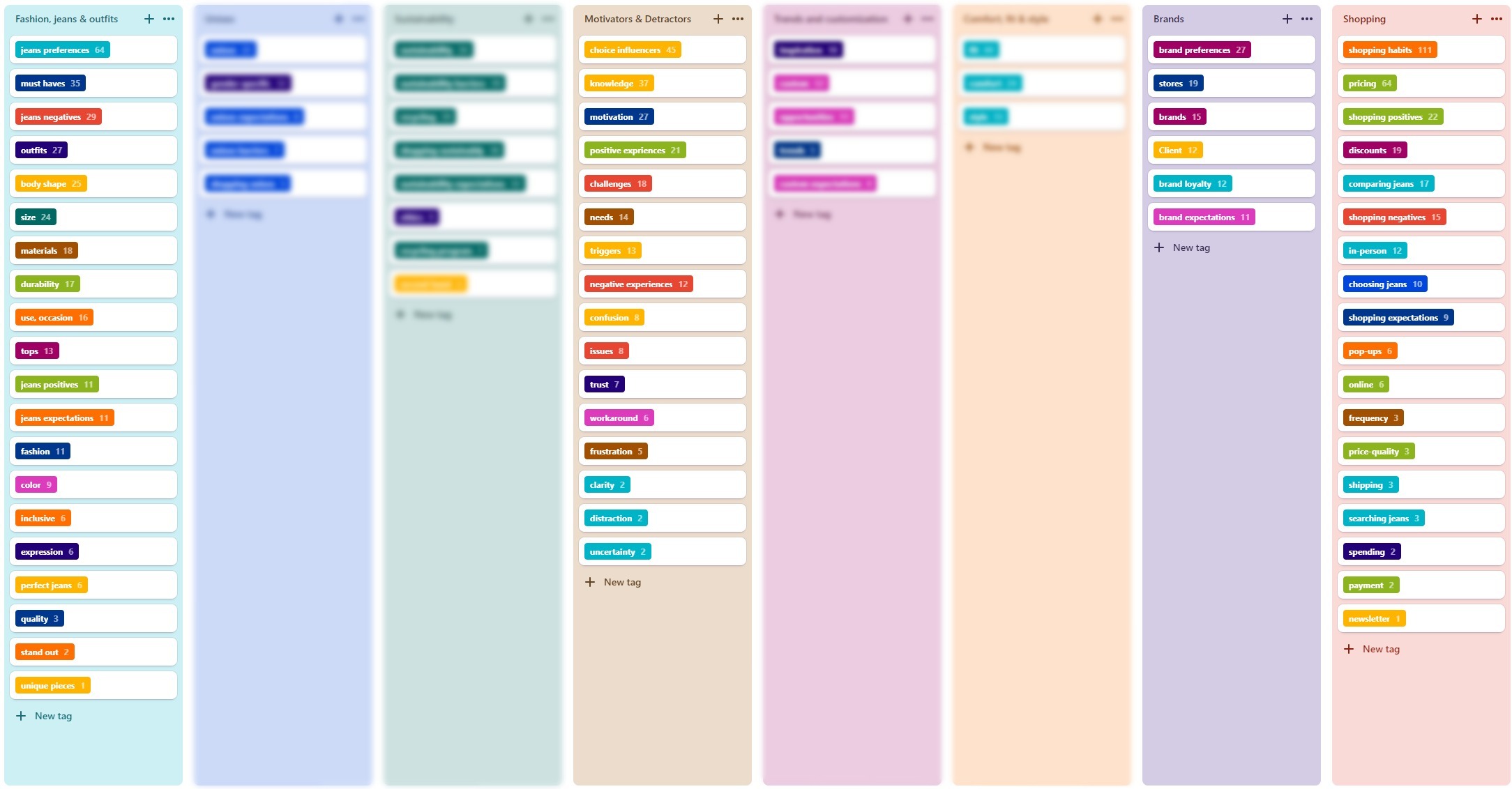
I conducted the semi-structured interviews and did a thematic analysis of the gathered data (including the diary study entries). This involved carefully reading/watching through the session and diary transcripts, replaying specific parts, and coding the information (text, pictures, video) into different themes and categories. I then looked for patterns and made connections across the different themes to identify trends and generate insights. The end result were 1252 tags broken down into 8 major themes and several subthemes.
Challenges
Data consolidation
Problem:
The survey was conducted in 3 languages. It also contained open-ended entries from participants in their native language and had market-specific response choices.
This resulted in additional data cleaning and overhead. We also had to translate and map the market variations and take them into account when combining the data.
During analysis, I also had to consider those differences when applying data slicers like gender, age, income, and other relevant criteria.
Solution:
To improve the way we handle multi-market surveys, we implemented a new process in which translations were added to the survey backend by a researcher during the setup phase. This significantly reduces data processing time as reports and data can be exported in one language. By using reporting values in one language the data analysis and export is optimized, leaving more time to focus on finding patterns in the data.
Another helpful solution I discovered is using the “combine data” functionality in Alchemer. It seamlessly consolidates surveys with the same question structure making it easier to filter and analyze the data without additional cleaning.
Recruitment
Problem:
We had to find participants with varying degrees of interest in 2 of the 7 topics we were researching. They also had to be of a certain age and open to potentially participate in the diary study.
This was a difficult profile to find and despite the ample choice from the survey entries, we found ourselves 3 people short of our target a week before our interview completion deadline.
Solution:
We tackled the challenge by using referrals and leveraged our existing network of participants to get high-quality contacts. Some of the potential candidates also came for people we had already interviewed for the study. We then screened them additionally over the phone and invited them to the study.
Project Outcomes
A few key achievements from this project include changes to the website based on some of our recommendations for 2 of the 7 topics we researched in detail. Specifically, these changes emphasized making information more prominent, clear, and easy to use.
F.e. an element was added to the product detail pages elaborating on a specific type of information, which we recommended highlighting. This was in addition to information that was already present on the page. Furthermore, 2 of the issues we identified during the observational task have now been addressed and are no longer present. One of them involved displaying the male section of the size chart when accessing it from products in the ladies’ section and the other was related to filtering resets when switching product categories.
We collaborated closely with representatives from the client’s product and design organization. Our reports contained more than 50 insights covering the 7 prioritized topics and additional themes we discovered during our research. The client representatives were thrilled with our findings and eager to integrate them into their strategic and ongoing product initiatives.